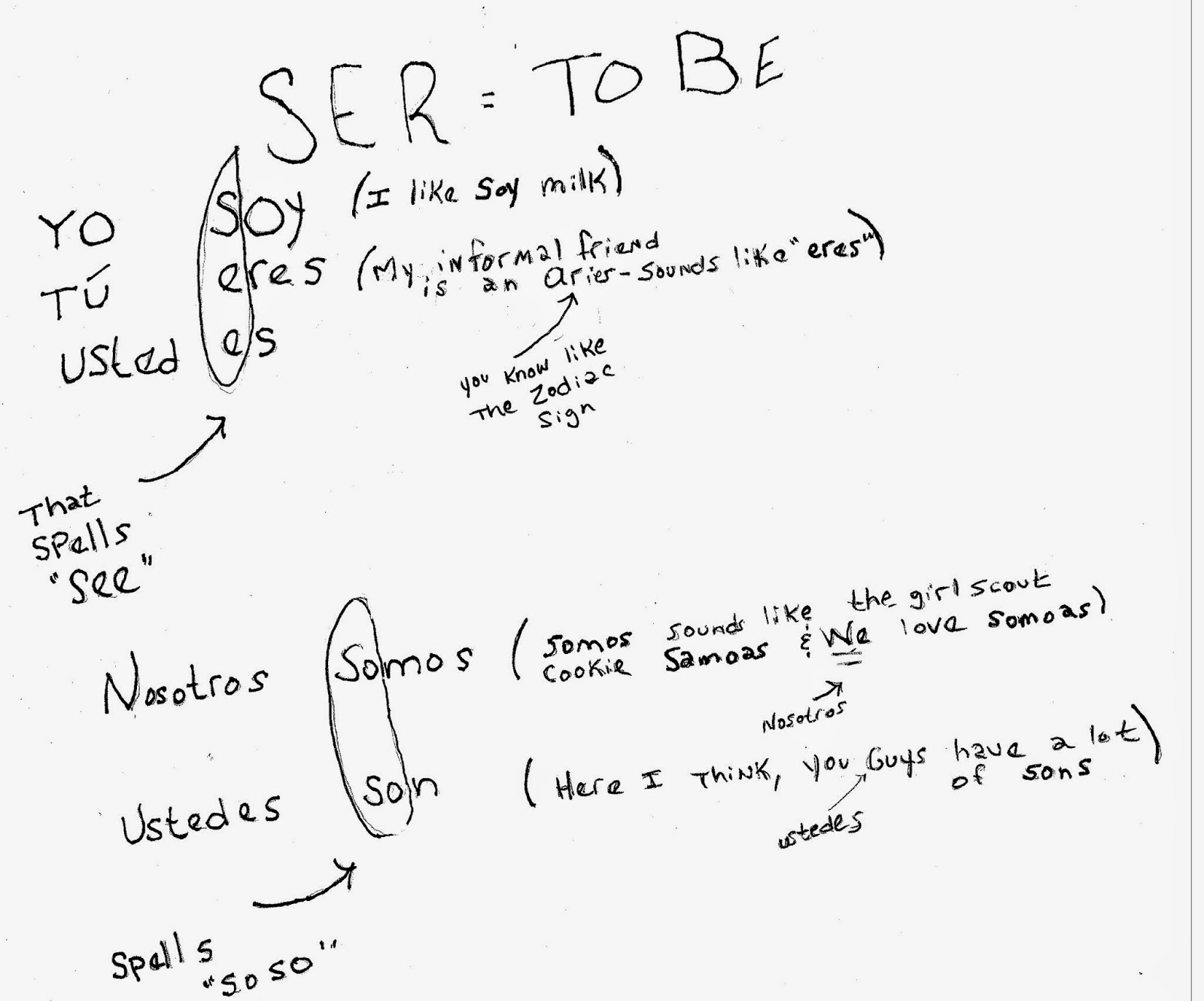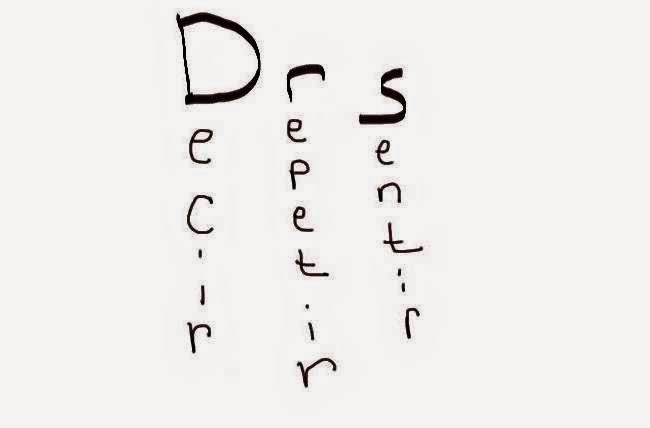The Present Progressive is the verb tense you use when you want to say what you are doing.
If the verb ends in ING, it's a fair bet that it is in the Present Progressive Tense.
The Spanish Present Progressive Formula:
Estar ( correctly conjugated to agree with subject)
+
The Verb ( with an "ando" or "iendo" added to the end)
Example: Estoy comiendo ( I am eating)
To remember this rule think of two twins Andy and Ion ( ando and iendo). These two boys are so ADD that they are always doing things.
 |
Andy is saying: we are yelling. My knee is bleeding.
iendo ending is for IR verbs/ ando ending is for AR verbs.





















































